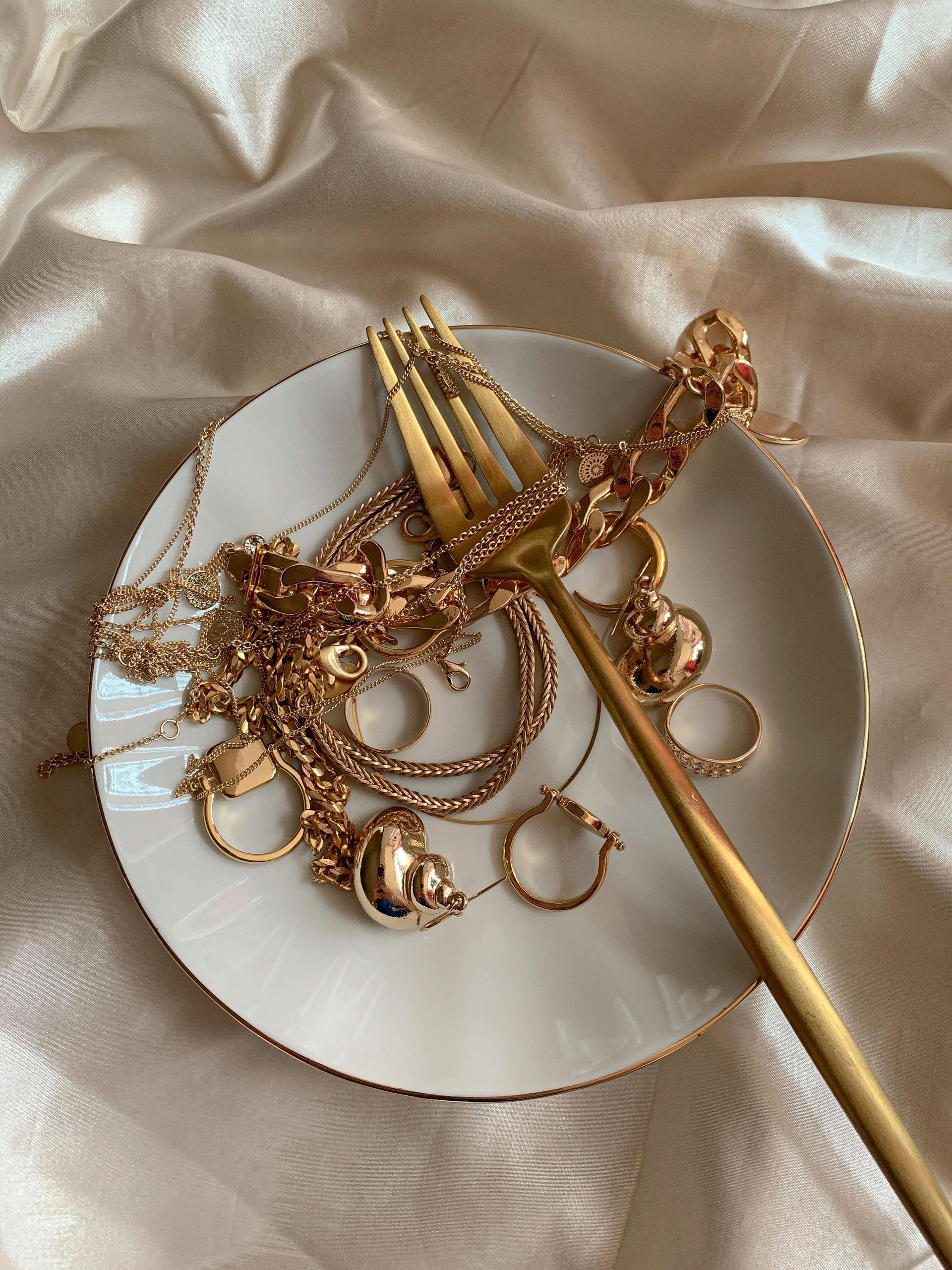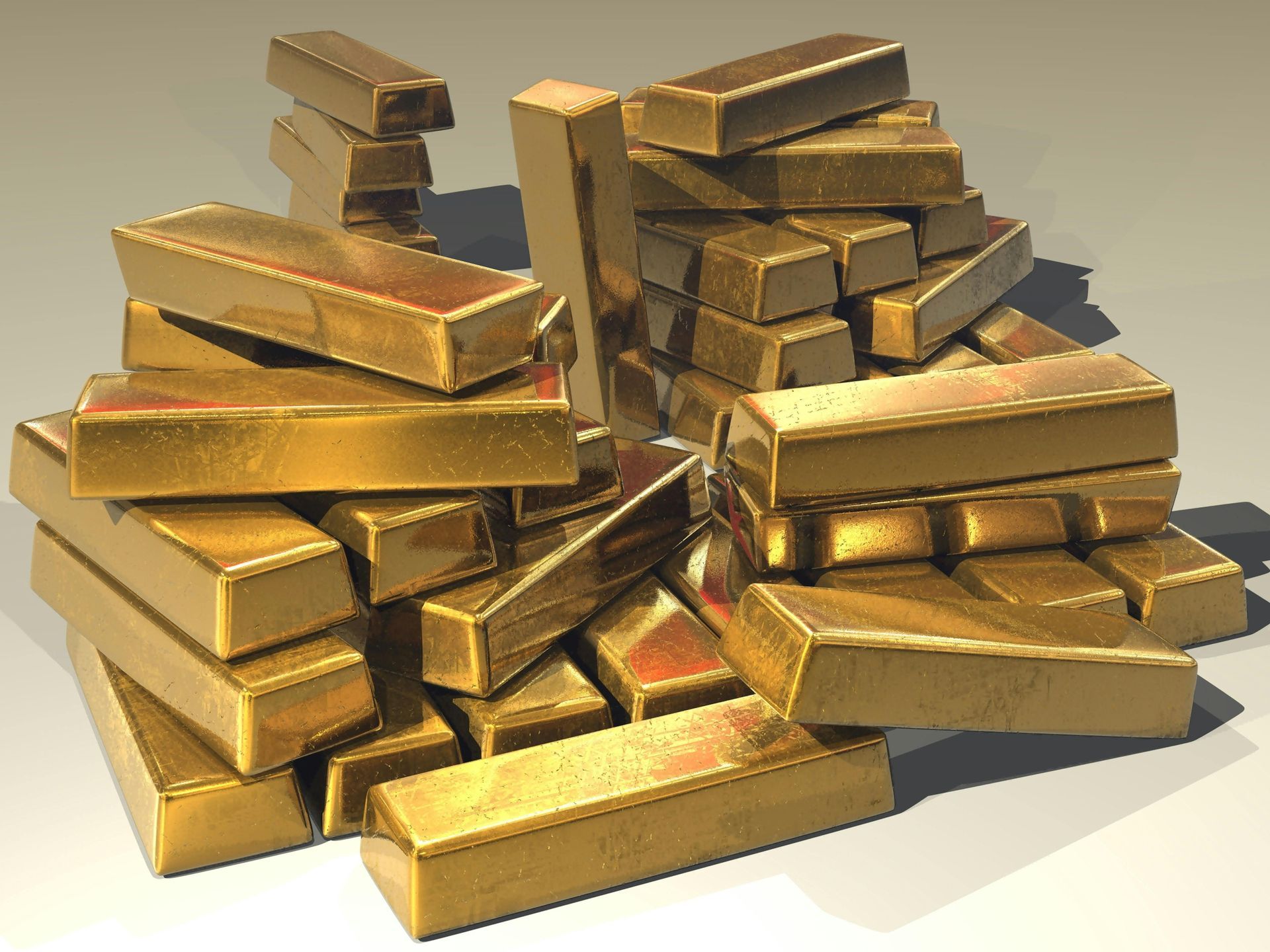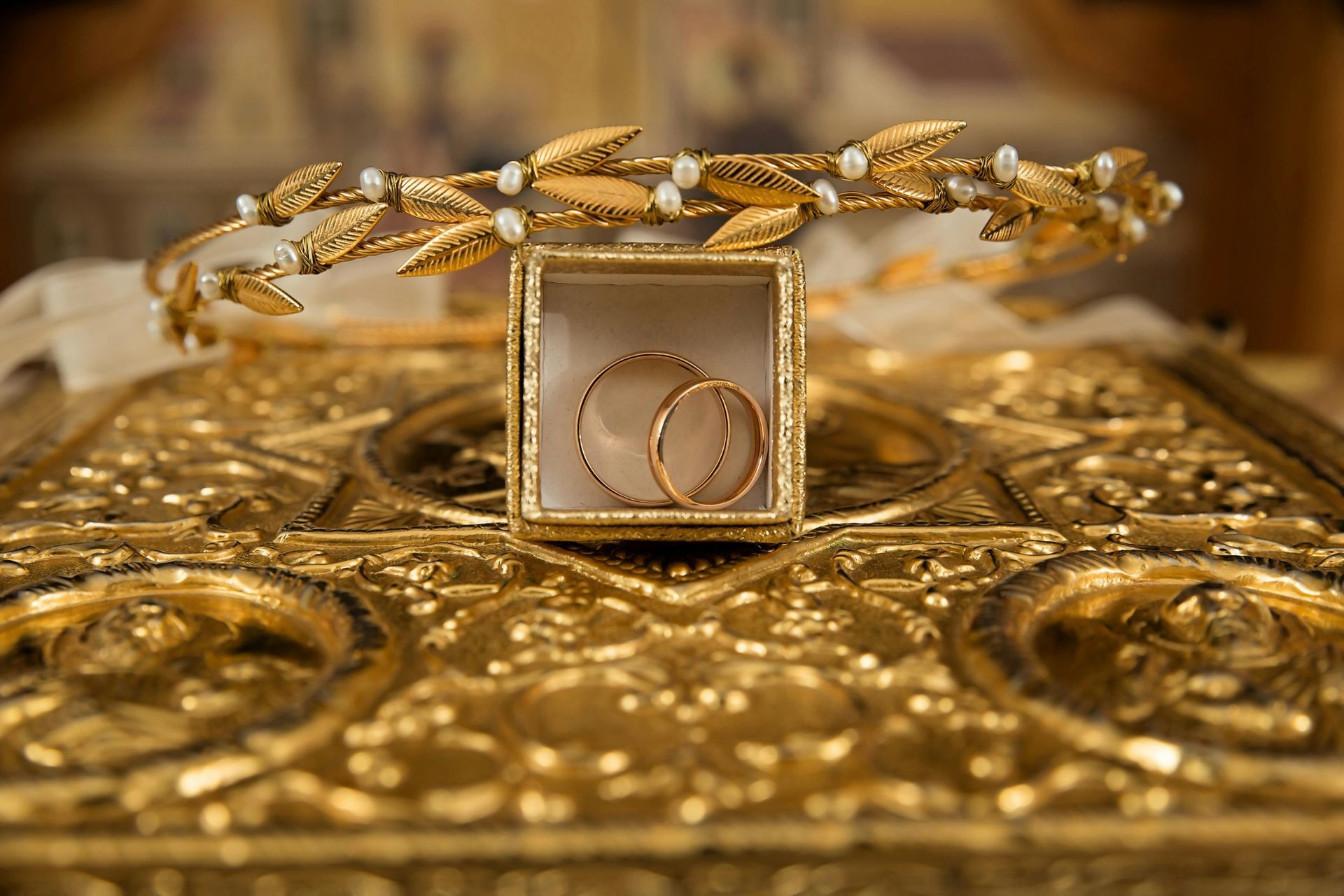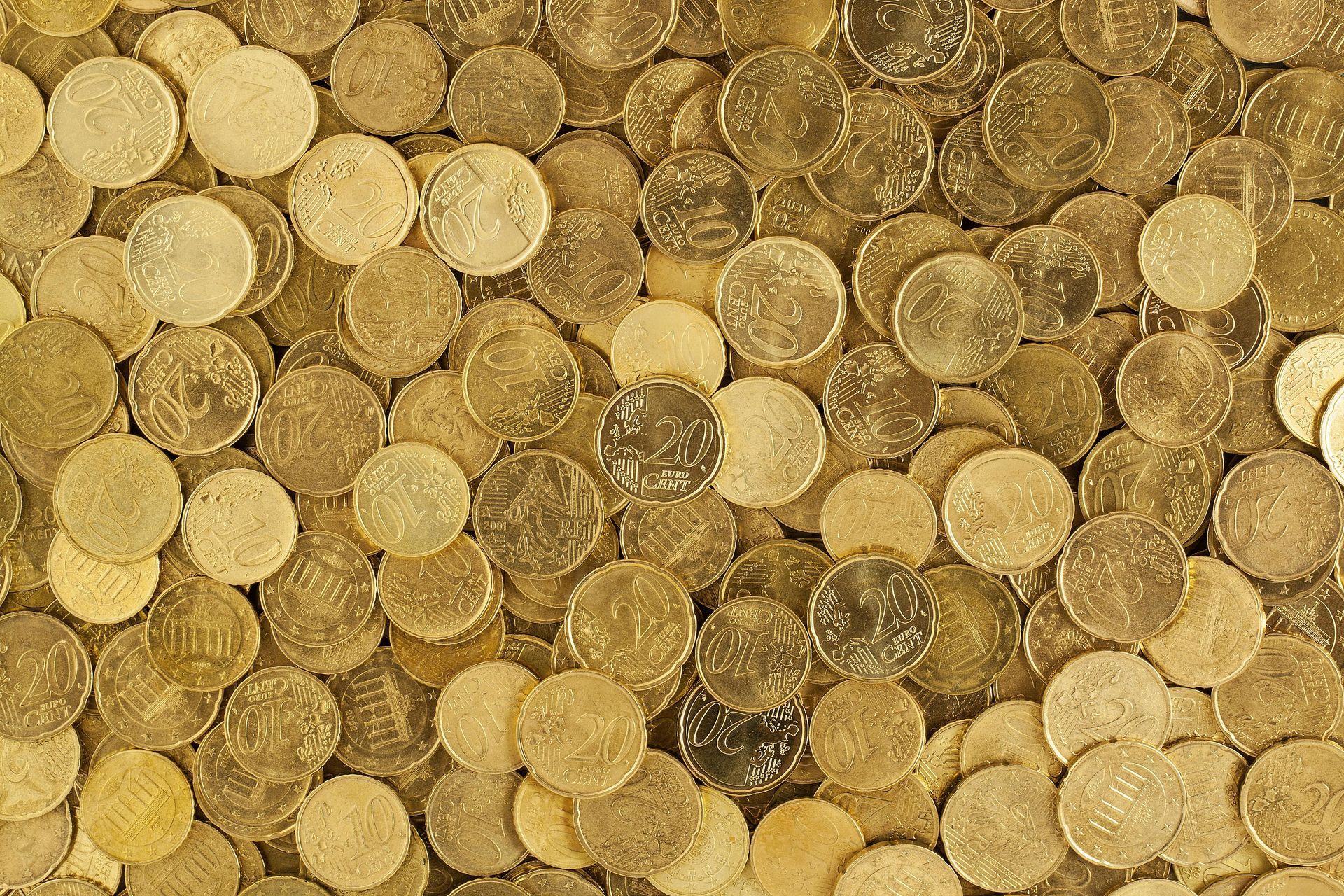The Most Valuable Coins in The World
The Gold-Buyer team have a look at some of the most valuable coins in the world, including the history, auction price, and value of the most wanted coins from collectors today.
What Makes Collectable Coins Valuable?
Initial face value may seem like the most important characteristic for a coin’s worth in modern auctions, but this is a common misconception. Collectable coins can sell far beyond their face value, with many economic and historical factors contributing to their modern day sale price. To demonstrate these principles; we are first going to examine 2 very different coins.
If we take a look at the oldest known coin in the world, a 5,000 year old Mesopotamian Shekel, which can be regularly purchased for anywhere between $100 – $2,000 on common auction sites. Here we are presented with the primary factor providing collectors coins with their value – rarity and circulation.
The Mesopotamian Shekel
There is no doubt that the Mesopotamian Shekel has significant historical value, being the first known example of currency in the world. Its creation signalled the beginning of modern day economics, and a change in attitudes from trading goods and services based on their perceived value, to the representative value of coins. The reason this coin lacks auctioneering value, at least compared to others on this list, is primarily because the Mesopotamian Shekel was produced in high volume, and circulated widely amongst the ancient west Asian world.
This high rate of production means that collectors throughout history have managed to maintain large quantities of these coins. There are also many examples of Shekels simply being recovered from excavation sites, river beds; land, and agricultural developments in modern western Asia, meaning that these historically significant coins have widely remained in circulation throughout their 5000 year history. It may seem callous to place such small worth on historically important objects like these; but in terms of collector psychology, desirability and value often comes from owning something that few others do.
1943 Lincoln Head Copper Penny
Our second case to examine is the 1943 Lincoln Head Copper Penny.
There are plenty of Lincoln Head Pennies available in circulation today, many of which were also printed in 1943, and generally do not fetch a high price at auction. The value of the copper variation of this penny, however, comes from an error in the planchet metal; the blank metal disk a coin’s design is stamped on, which was used in the minting process.
Originally these Lincoln Head Pennies were printed using regular zinc plated steel planchets, but a small number of these coins left the production line as copper pennies. It is believed that, at some point during the minting process, a handful of copper planchets must have become dislodged from a previous stamping, and became mixed with the plated zinc planchets intended for this mint. The result was an extremely rare edition of an otherwise unremarkable penny – the 1943 Lincoln Head Copper Penny.
The resulting misprints have since sold for anywhere between $10,000 – $40,000. From this example, we can further see that rarity can create much higher demand than historic significance.
1794 Flowing Hair Silver Dollar
Selling for a record breaking $10 million at auction in 2013, this particularly rare coin was presented in such fine condition that it is believed to be one of, if not the first, example of a 1794 Flowing Hair Silver Dollar ever produced.
The clear edging of the design suggests that the dies used to strike the coin had seen little to no use, and it is for that reason this extremely rare dollar commanded such a high price at auction.
First created for the purpose of distribution amongst American dignitaries as souvenirs, the Flowing Hair Dollar was intended as a symbol of independence following the country’s recent war with Britain. The flowing hair design took inspiration from Roman iconography, which used female and male figures with long, flowing hair, to represent ideas of liberty and freedom.
Around 1,200 of these coins were created initially, however, a reproduction for general circulation was never made, and the coin was replaced by the ‘Draped Bust’ design in 1795 as the first official mint distributed throughout the United States.
723 Ummayad Gold Dinar
This 1300 year old coin, dating back to the time of Caliph Abd al-Malik ibn Marwan in 723 AD. The coin is an important and unique object in Islamic history, as one of its inscriptions makes it the first gold coin to mention a location within the mediaeval Saudi kingdom, Hijaz. It also recognises the origin of the gold used to make the coin, and does not feature any scripture taken from the Qur’an, a unique trait for an islamic coin.
The inscription reads:
“Ma‘din Amir al-Mu‘minin bi’l-Hijaz” , which translates to “Mine of the Commander of the Faithful in the Hijaz”.
This inscription tells the owner that the origins of the coin’s materials came from a mine in Hijaz. The coin was sold at auction to a buyer in London in 2019 for £3.1 million.
These are just a selection of rare and valuable coins, if you have any valuable coins in your collection that you would like to sell, get in touch with us today.
The post The Most Valuable Coins in The World appeared first on Gold-Buyer.







